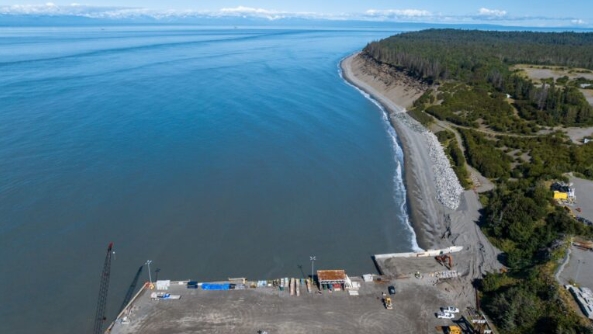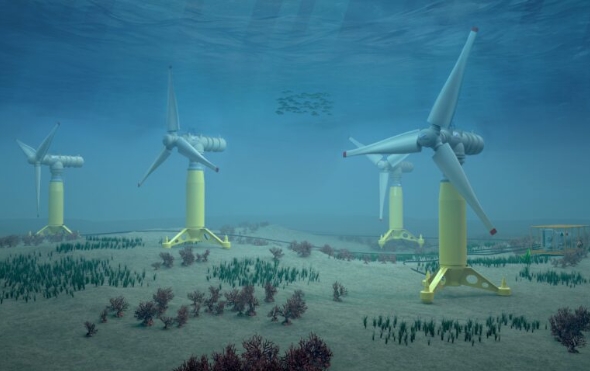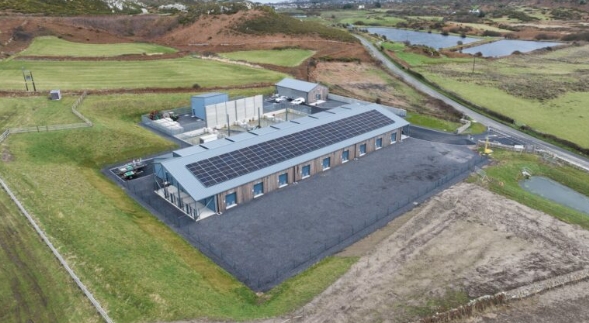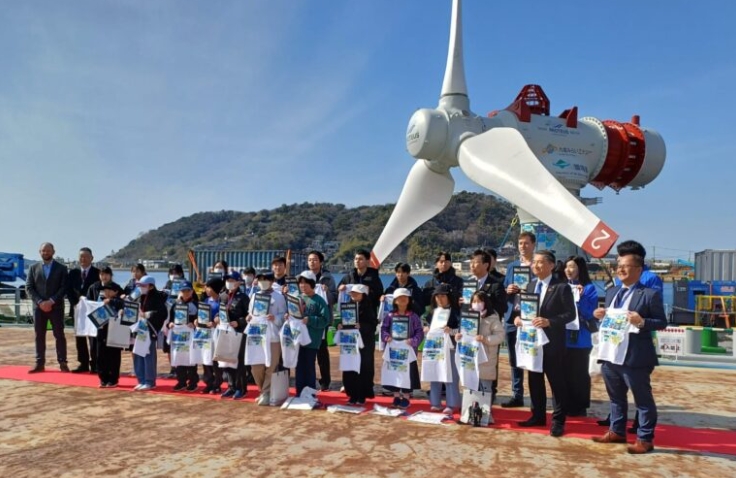India’s new and renewable energy minister RK Singh informed the Parliament earlier this month that proposed tidal power plants in states of Gujarat and West Bengal have been cancelled. Governments of the respective states expressed financial challenges in implementation of these projects.
The minister informed that cost of development of tidal power plants is 10 to 20 times that of solar and wind energy projects, making them financial unviable.
In 2015, Gujarat government had sanctioned Rs 25 crore for development of a 50 megawatt tidal power plant in Gulf of Kutch. The project was to be implemented by Atlantis Resource Corporation, which had signed a memorandum of understanding with the state government. The company had assessed a tidal power potential of 300 megawatts in Gulf of Kutch. The government had planned to increase the capacity of the 50 megawatt project to 200 megawatts over two years.
In West Bengal, the state government had planned to set up a 100 megawatt project in Sundarbans. No status update about this project is, however, available.
A study conducted in December 2014 had pegged India’s tidal power potential at 12.5 gigawatts spread across coastlines of Gujarat, Tamil Nadu, and West Bengal. Gujarat was said to have a majority of this potential at 8.2 gigawatts.
The decision to cancel all tidal power projects in the country comes nearly 10 years after Atlantis Resource Corporation signed an agreement with Gujarat government to set up the 50 megawatt project. During this period, the Indian government issued policies for solar, wind, solar-wind hybrid, and energy storage as well as offshore wind energy, but no policy was issued for tidal power.
Globally, many countries, mostly in Europe, have continued to invest in tidal and ocean energy projects. This has resulted in energy generation from these projects increase from 5 gigawatt-hours in 2009 to 45 gigawatt-hours in 2019.







